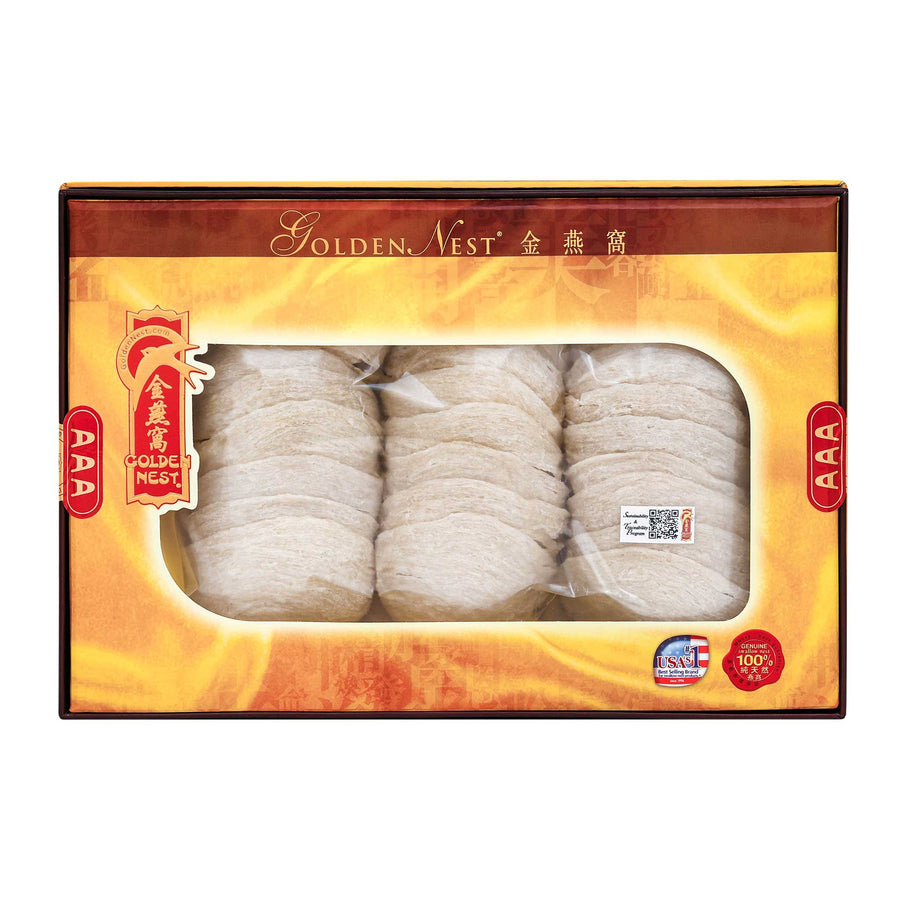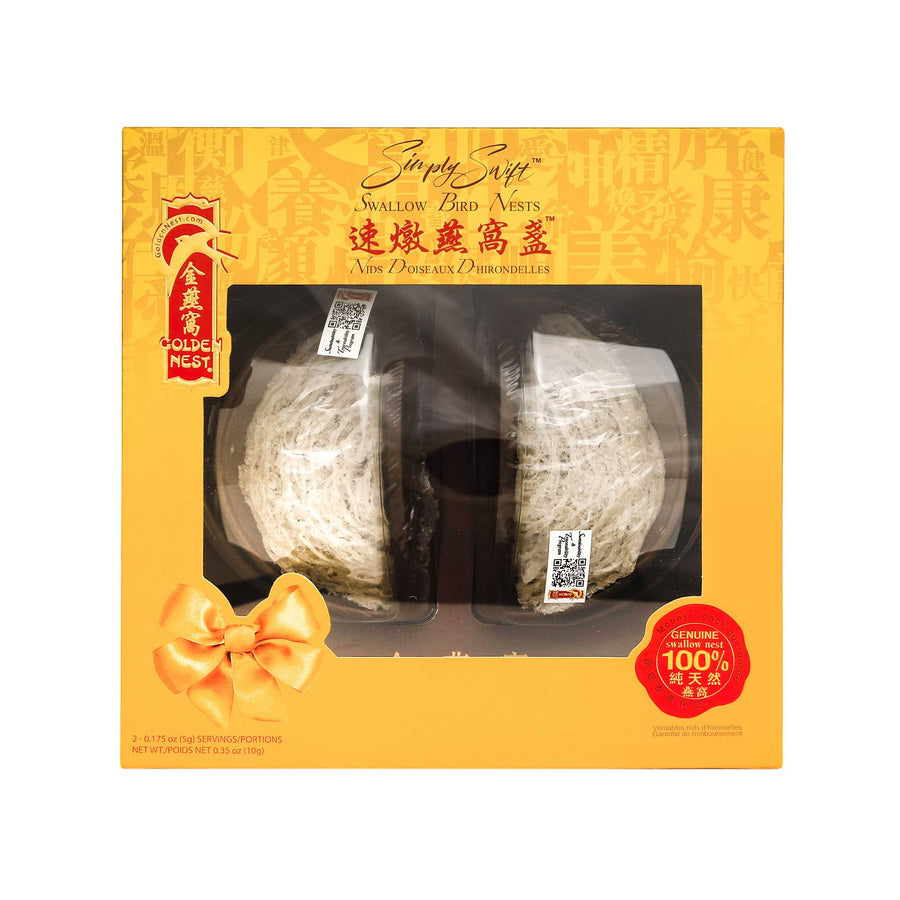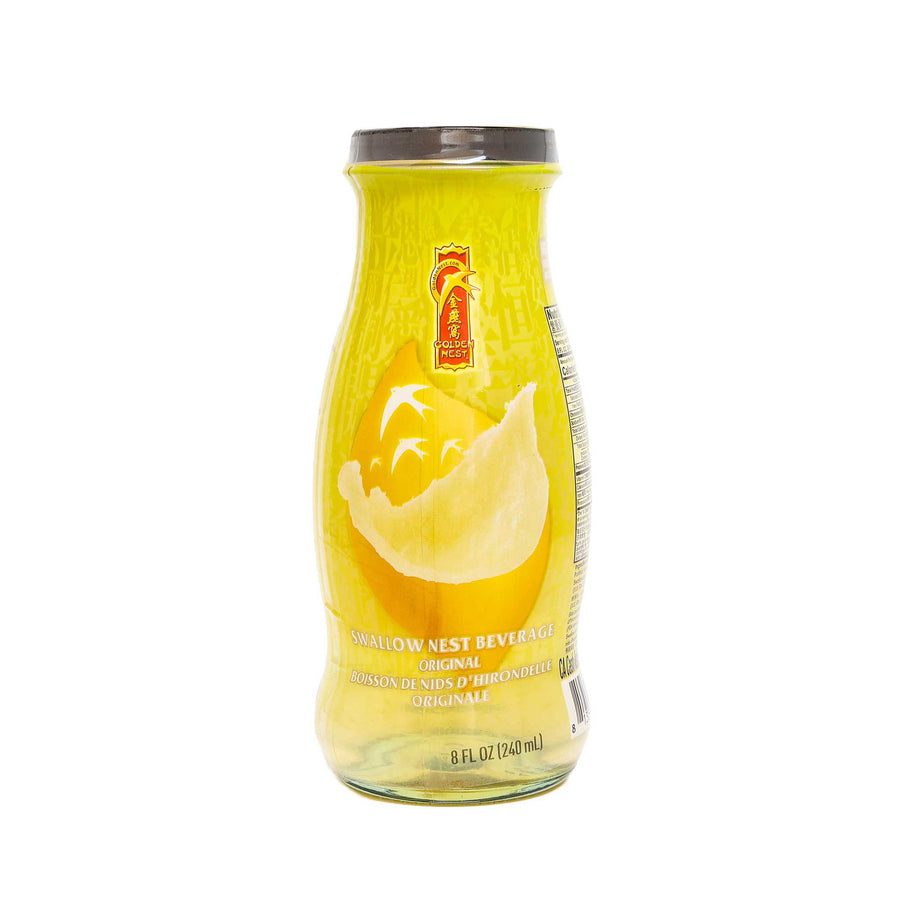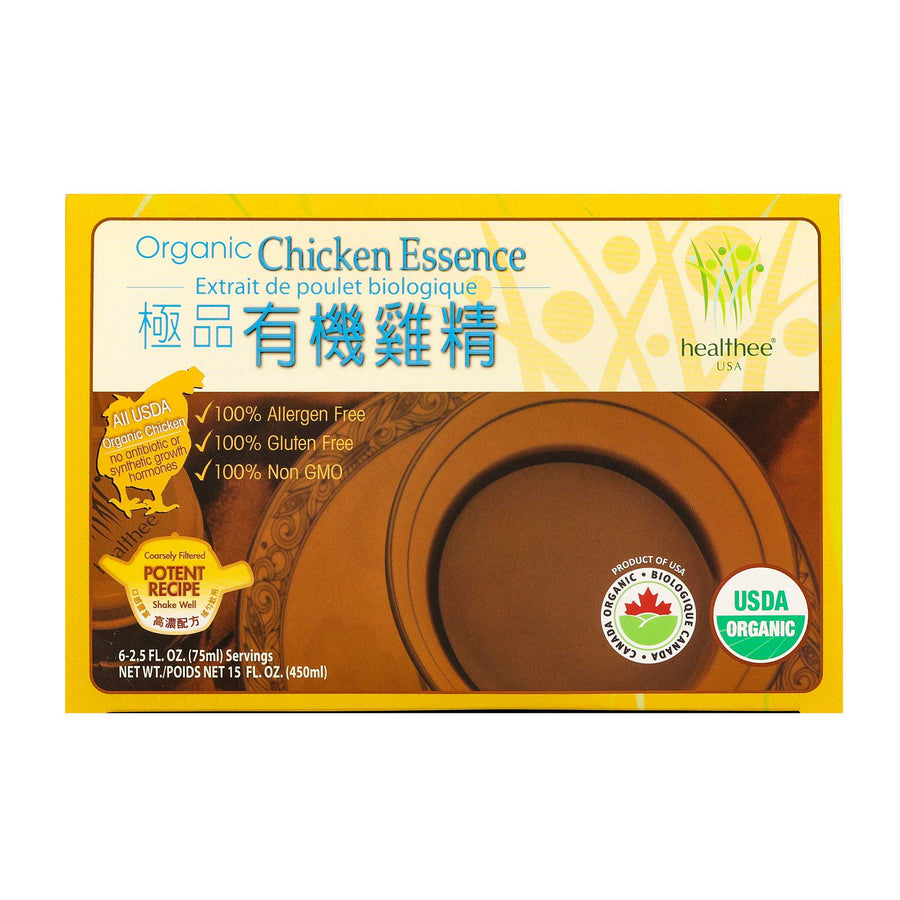Frequently Asked Questions
There is no expiration date but it needs to be refrigerated as soon as the bag is opened or when the seal is broken. After opening, it needs to be refrigerated at all times.
Many recommend consuming bird's nest on an empty stomach for best results. You can also have it after a meal as a dessert.
An edible bird’s nest is made of a swiftlet’s saliva which has solidified.
The swiftlet’s saliva is a great source of vitamins and minerals. In fact, our tests have confirmed that the average nest contains:
- Essential proteins
- Calcium
- Phosphorous
- Iron
- Sodium
- Potassium
- Iodine
- 18 types of essential amino acids
- 6 types of hormones
A group of Chinese researchers conducted a study to see if edible birds’ nests boosted immune systems. In the tests, they subjected mice to radiation and then gave them birds’ nests to recover. The results found that edible bird’s nests have a certain type of protein in them that accelerates the creation of B cells, which boosts your immune system.
How a bird’s nest is graded has a big influence on its price – our AAA nests demand high prices because they are of the highest quality. Most sites will give their best nests a AAA rating. Whenever you’re browsing a website for bird’s nests, examine their highest-grade nests very closely.
These ratings grade how well the birds’ nests have been prepared before packaging them. There is a very meticulous process where each individual birds nest is cleansed, pruned, and purified by hand until they are ready for human consumption. Golden Nest uses the traditional hand-washing method to clean our authentic nests, even though this process takes an incredible amount of hours to complete. Only about 30% of our total harvest makes it into production by the third examination because of how strict we are with nest quality. All of our production plants are in the US and are FDA-approved.
For hundreds of years, Chinese culture has hailed the nutritional benefits of bird’s nest soup. Virility, better skin, stronger pregnancies and healthier babies – all have been claimed as benefits of consuming soups featuring edible bird’s nests.
Boiled egg whites are the closest you can get to describing the consistency of edible birds’ nests. The nests are often boiled in water to create a gelatinous texture to add to soup, rice and a variety of dishes.
There are several types of dishes for birds’ nests:
- Bird’s Nest Soup - This soup is by far the best known dish that uses a nest. With a gelatinous texture, the soup is considered a delicacy in the world of Chinese cuisine.
- Bird’s Nest Rice - After boiling the bird’s nest in water, add the cooked bird's nest to rice to give it a rustic, briny taste.
- Asian Pear with Bird’s Nest Dessert - After soaking the bird’s nest in water and adding rock sugar, you place the mixture, goji berries and coconut milk inside a hollow out Asian pear for a healthy dessert with the right amount of sweetness.
- Papaya and Bird’s Nest Dessert - Combine cooked bird’s nest, chunks of papaya and coconut milk and pour into a glass. Serve chilled like a pudding.
It’s natural for people who are unfamiliar with bird’s nest as a gourmet delicacy to ask themselves whether it is a case of animal cruelty. Are industries effectively evicting birds from their nests and destroying the bird communities? In order to arrive at the answer, let’s look at the interaction between the birds nest farms and the swiftlets - the birds who create the nests that are harvested.
Birds nest farms are places that are designed to be safe, hospitable environments for swiftlets, mimicking locations that the birds would build their nests in the wild. Seeing these attractive places for nests, the birds independently flock to them. The swiftlets then build their nests in these farms, using them to incubate their little ones, which in turn hatch, learn to fly, and eventually leave the nest. Swiftlets instinctively build a new nest every season.
Golden Nest has always prided itself in sourcing its nests from cruelty-free swallow farms, where workers take the utmost care in harvesting nests. We take environmental responsibility seriously, which is why we only partner with local communities who use sustainable, eco-friendly farming practices.
Our bird nests have 5 different grades: AAA, AA, A, B, and C. The grade of the bird nest is based on its size and thickness, with AAA being the biggest and thickest.
The difference between white, red, and gold is primarily the crunchiness. The Red bird nest is a little more crunchy than the Gold, which, in turn is a little more crunchy than the White. The nutrition facts for all of the different bird nests are the same.
The main difference between these two products is the content of birds nest in each bottle. Premium Bird’s Nest Soup contains more birds nest than Gift Pack Premium Bird’s Nest Soup.
Subscribe and Save FAQs
You will automatically get 5% off for your first until the third subscription order. Starting from the fourth order, you will get 10% off, and starting from the seventh order, you will get 15% off.
You can pause the subscription and retain your discount tier but will have to start over if you cancel the subscription.
Yes, the subscription can be canceled anytime but you will lose your discount tier when you unsubscribe. We recommend pausing your subscription to keep your discount tier, if not, you will have to start from the beginning (first until third order with a 5% discount).
Unfortunately, we cannot offer additional discounts on top of the subscription. You can pause your subscription plan and make a regular purchase if the promotion is a better deal.
Yes, you can add a one-time item to your subscription cart. Please click “manage subscription” from your “My account” page then add the item to your cart for your next scheduled delivery.






